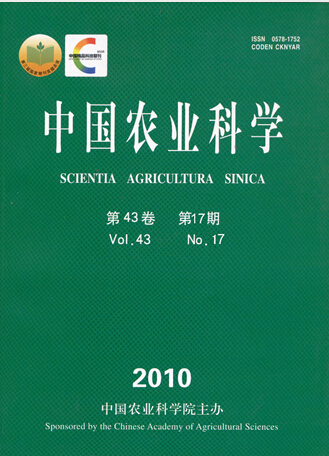【Objective】 An experiment was conducted to study the effects of immune enhancement caused by the Taishan pine pollen polysaccharides on healthy mice and the effects of immune recovery on immunosuppressed mice. 【Method】 The modified method of water extraction and alcohol precipitation of Ma Rongchi Etc. was used to extract high-dose Taishan pine pollen polysaccharide (TPPPS). One hundred and sixty clean-level Kunming mice (female) were randomly divided into 8 groups: 3 polysaccharide groups (Ⅰ, Ⅱ, Ⅲ), 3 Cytoxan (CTX)-polysaccharide groups (Ⅳ, Ⅴ, Ⅵ), the CTX group (Ⅶ) and the control group (Ⅷ). Polysaccharide doses of groupⅠand Ⅳ was 400 mg?kg-1, polysaccharide dose of group Ⅱ and V was 200 mg?kg-1, polysaccharide dose of group Ⅲ and Ⅳ was 100 mg?kg-1, the mice were administered by intraperitoneal injection for 7 days from the 1st day. GroupⅤ, Ⅵ, Ⅶ were injected with CTX (cyclophosphamide) intraperitoneally at 75 mg?kg-1 on 1st day, once every other day, a total of three times. GroupⅧ was injected with physiological saline. On the 8th day, all mice were injected intraperitoneally a plume of ND vaccine. Samples of blood, spleen, small intestine were taken and the relevant indicators were inspected on the 3rd, 10th, and 15th day after immunization. The lever of systemic antibody was detected by ΒMicrotest HA and HI, lymphocyte ratio was detected by automated hematology analyzer, spleen lymphocyte transformation rate was detected by flow cytometry, intestinal IgA levels were detected by ELISA method. 【Results】 The result of Group I, Ⅱ, Ⅲ were significantly higher than Group Ⅷ (P<0.05). The differences between Group I, Ⅱ and Group Ⅷ was very significant (P<0.01). The results of group Ⅳ, Ⅴ were higher than Group Ⅶ very significantly (P<0.01), Group Ⅵ was significantly higher than Group Ⅷ (P<0.05). The difference between Group Ⅳ and Ⅷ was not significant. And the test results of the groups on the 10th day after immunity were significantly higher than that on the 3rd day (P<0.05) and not significant compared with the the groups on the 15th day after immunization.【Conclusion】The extraction rate of Taishan pine pollen polysaccharide was 4.34% , the content of polysaccharide was 72.2% by using the method of water extraction and alcohol precipitation in this expermient. Different doses injection of Taishan pine pollen polysaccharide could improve normal and immunosuppressed mice's systemic antibody level, blood lymphocyte ratio, splenic lymphocyte proliferation, intestinal IgA level, the effect of 200 mg?kg-1 dose TPPPS was obvious, 400 mg?kg-1 dose TPPPS could completely restore CTX-induced immune suppression to the normal level.









